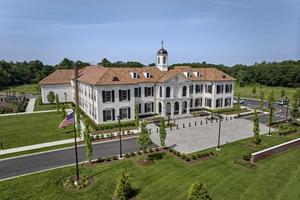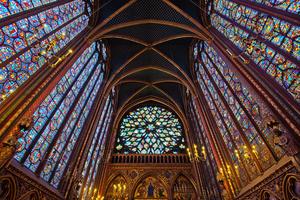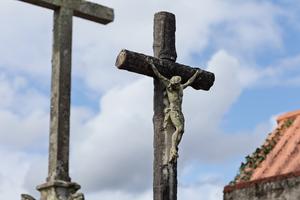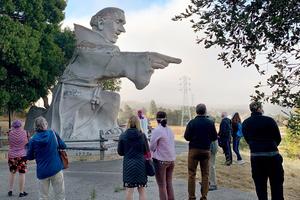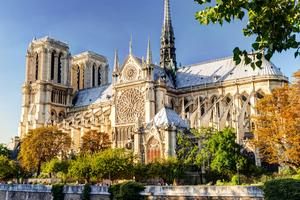Bringing Beauty Back to US Churches Through Liturgical Carpentry
For the past two years, 27-year-old John Hayden has been dedicated to his effort, in the footsteps of Jesus and St. Joseph.

From a young age, John Hayden, 27, from Butte, Montana, showed a natural gift for working with his hands. Self-taught in carpentry, he enjoyed building “little trinkets as a kid.” Elevating his craft, he one time built “a giant catapult.”
The childhood hobby eventually matured into a true passion years later, when Hayden spent time in Canada working alongside a skilled carpenter.
“Knowing him is where the real passion came from,” Hayden told the Register. “Just seeing what you can do with wood, this incredible material you can do anything with — I realized this was something I really could dedicate my passion and energy to.”
Even as his academic interests led him to study theology at the International Theological Institute (ITI) in Austria, carpentry remained a constant thread in his life, and Hayden often found himself crafting furnishings for friends and students in his spare time.
“I love theology; I’m passionate about it,” Hayden stressed. “But I’m definitely more of a practical, hands-on kind of guy. So even at the ITI, I would make people tables and chairs, always trying to keep that carpentry side alive.”
Two years ago, that passion found a distinctly Catholic expression.
When the young carpenter heard that his own parish of St. Richard’s in Columbia Falls needed two credence tables (small side table in the sanctuary used in the celebration of the Eucharist), Hayden offered to build them — making it his first project of liturgical carpentry.
“I saw this as an incredible opportunity,” Hayden shared, “to combine these two disciplines and passions of mine, carpentry and theology — because of course, liturgical carpentry is deeply imbued with meaning — into something that I could really pour my whole self into.”

Building Christ’s Altar
“Shortly after I built the credence tables,” Hayden recalled, “I caught wind of a project at St. Matthew’s parish, a small but very beautiful local parish in Neo-Gothic style” that had suffered several fires in the last decades.
The church in Kalispell, Montana, had begun major renovations that included “beautifying the church by adding more ornamental moulding,” and was “looking for someone to build an entire sanctuary,” including “altars made specifically for the space.”
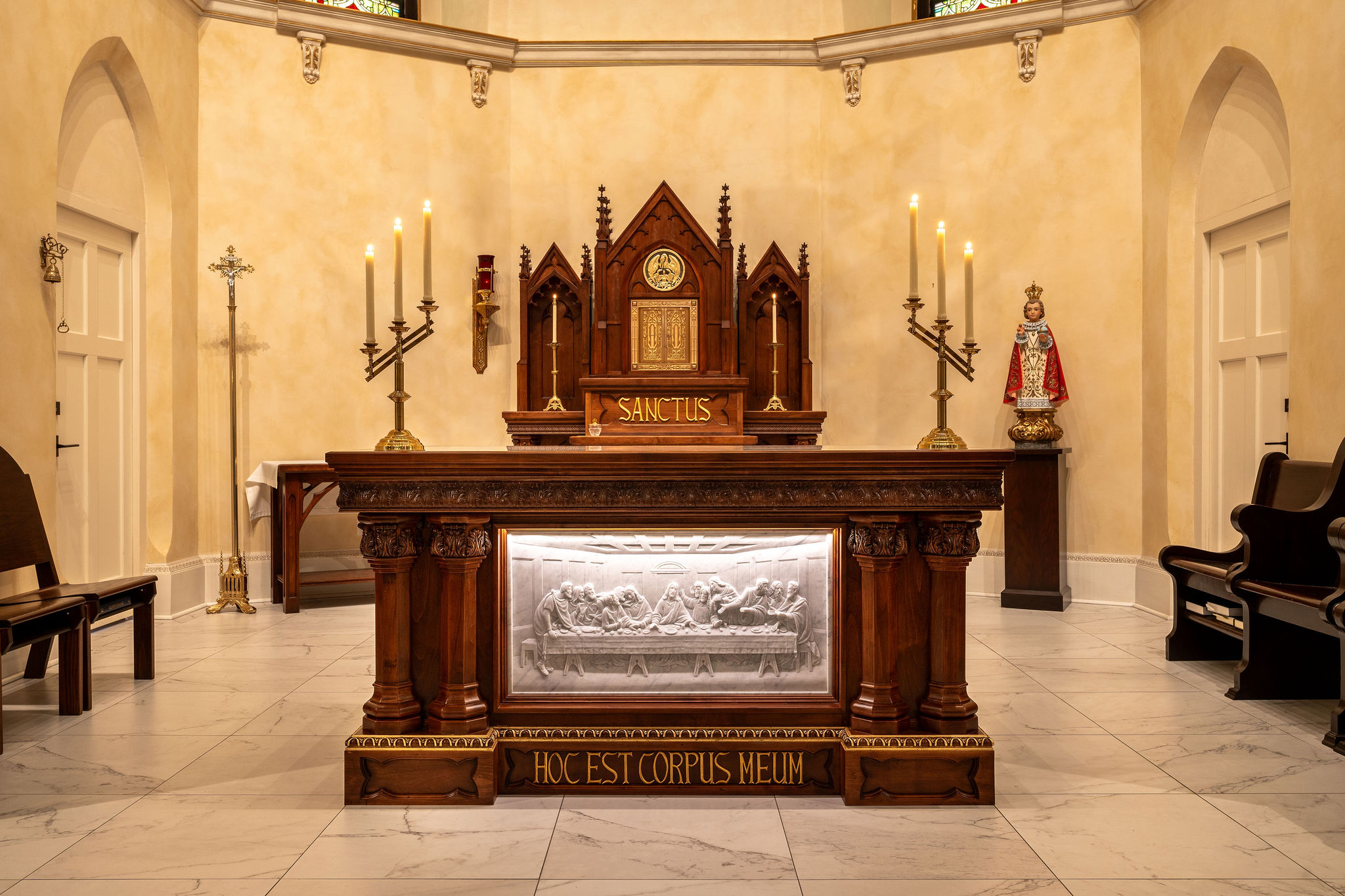
“At that time,” Hayden admitted, “I had never built an altar.” But having successfully built the credence tables and feeling confident in his ability to now create liturgical furnishings, Hayden and the parish discussed the project and reached an agreement.
“I didn’t have a whole lot to show prior to this project as far as to what I could do,” Hayden shared, “so the parish was more or less trusting me to come up with something that was going to work and be beautiful for the space.”
“I went on silent retreat right before I started the design process,” he recalled, “and during that time the shape and the structure of the altar more or less just sort of showed up.”
After two months spent finalizing the design and eight months of carving and carpentry, Hayden completed the church’s high altar, low altar, ambo and railings.
Hayden explained that he was “a little bit concerned because the style was very different than what it was before and a lot of the people at the parish liked the more simple look,” adding that once installed, it was very well received by the parishioners and parish priest.
One month after the completion of the sanctuary, Bishop Austin Vetter of the Diocese of Helena came to consecrate the altar — a moment Hayden described as “surreal.”
“In that moment, I remember thinking: ‘Okay, I have done my work, but now that the bishop has consecrated it, it’s no longer mine. I have given an offering, and it has been brought to God,’” Hayden shared, adding that “it’s kind of wild to think that the Eucharistic sacrifice is celebrated on something that I built.”
“When I go to the church now on Sundays, I don’t see my altar,” he explained. “I see the Mass; I see the liturgy. I see something that is bigger than me. I see Christ’s altar.”
Inspired by Architectural Tradition of the Church
Looking back at his studies, Hayden explained that nothing has gone to waste since “theology is really the groundwork and the foundation of [his] work.”
“Obviously, you don’t learn carpentry from theology,” Hayden said, “but theology really gives me the attitude and the perspective by which I can design and do my work — from incorporating prayer to knowing what the Mass is and what the church is in order to know how something should be built for it.”
The young carpenter shared how he gained a lot of inspiration from a trip he and two university friends took last summer to northern France, where they “explored a bunch of the Gothic cathedrals” and were able to “learn from the greats.”
“You walk into those churches and it feels like you are brought out of yourself and into another world,” Hayden said, describing the feeling he hopes to emulate through his work.
“So, when it comes to the design, I go pretty much all out. I don’t hold anything back. I want it to be as beautiful and as good as it possibly can be.”
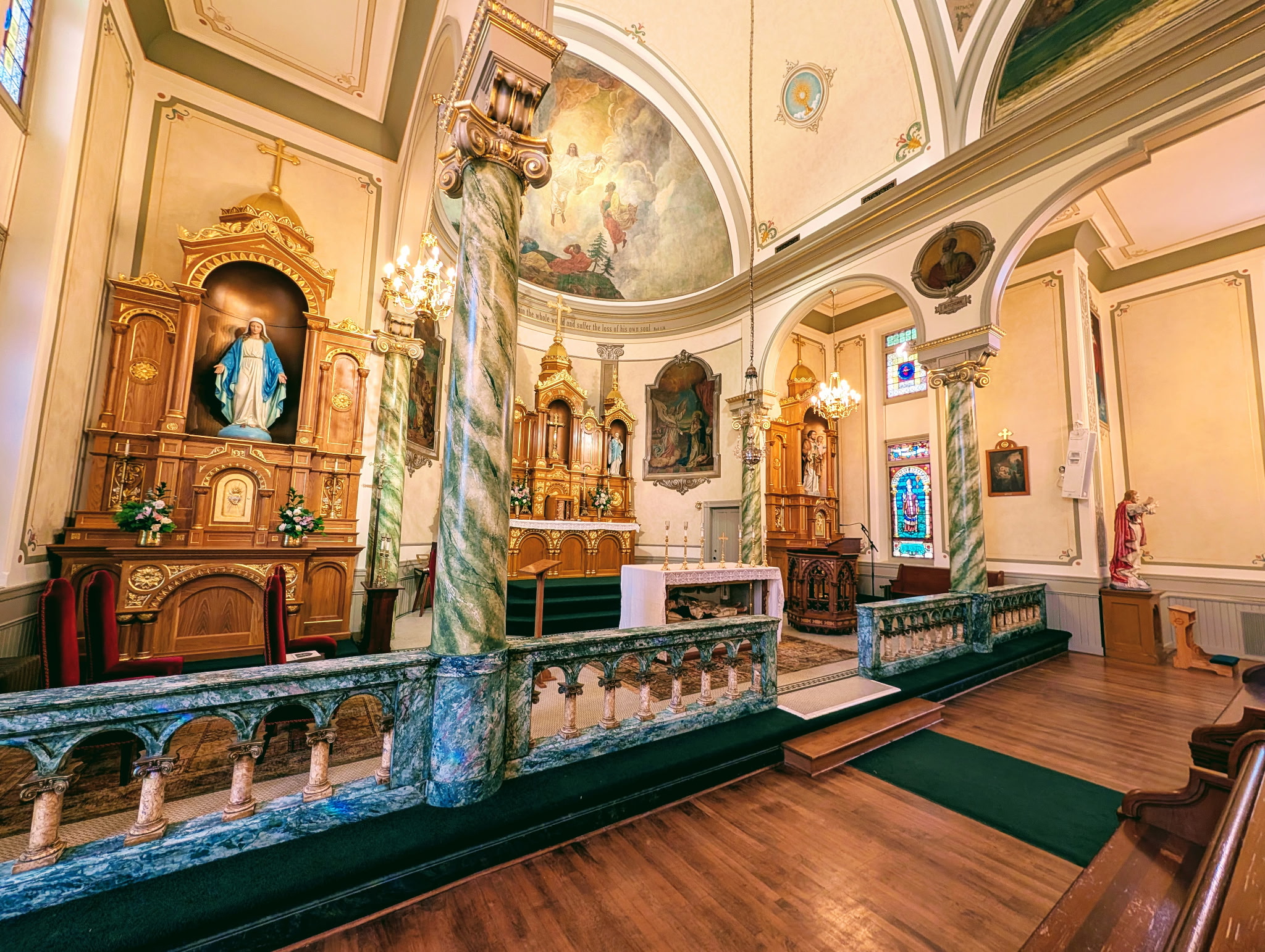
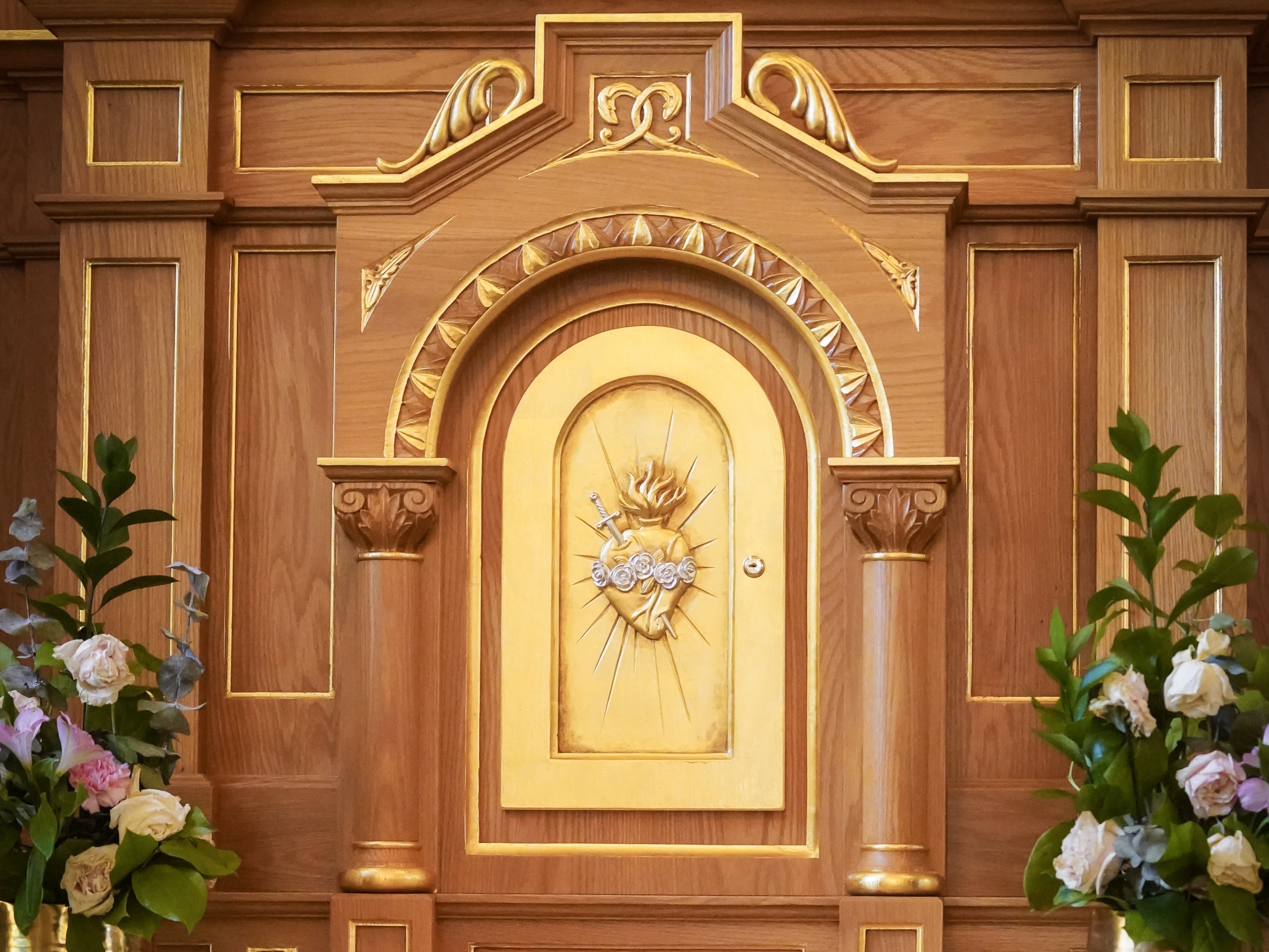
Having finished the main altar for St. Matthew’s, plus side altars for St. Patrick’s Catholic Church in Portland, Oregon, Hayden is now finishing a shrine to St. Patrick in the same church before commencing his next two projects: a 40-foot-long communion rail for Immaculate Conception Catholic Church in Rapid City, South Dakota, and a high altar for a new Dominican convent in North Dakota.
While describing Gothic architecture as his favorite, Hayden explained that it is all-important “to have unity within the space and have pieces correspond with the church itself.” “But I keep what I do within the tradition,” he added, “pursuing a more classical style.”
Working by Hand
Hayden does all his work by hand — from carving to ornate decoration — something he believes is particularly important when it comes to liturgical carpentry: “I think there is something very special about keeping the human aspect in the work.”
“Every once in a while, I realize that I’m doing what St. Joseph and Jesus did as a profession,” Hayden shared, explaining that St. Joseph is his biggest inspiration and someone he turns to a lot in his work.
In fact, he added, “the only picture I have in the shop is an icon of St. Joseph on the wall.”
‘All for God’
While Hayden Altar Works is a business, “something [he does] professionally to support [himself] and, God willing, a family someday,” Hayden explained that he wants it to be “all for God.”
“The most important thing,” he emphasized, “is the mission of beautifying the Church and bringing glory to God through beauty.”
Hayden noted that there seems to be “a strong desire in younger generations to see the church externally express what it is internally.”
“I want to help build up the beauty in the American Church,” Hayden said. “And I want my work to express the essence of the Church, the most beautiful thing possible.”
“Of course, I will always fall short of that,” Hayden added. “I will never make something that is actually going to fully express what the Church is, but I can try to get as close as I can and I’m going to pour my heart out into it, and I plan to do it for the rest of my life.”
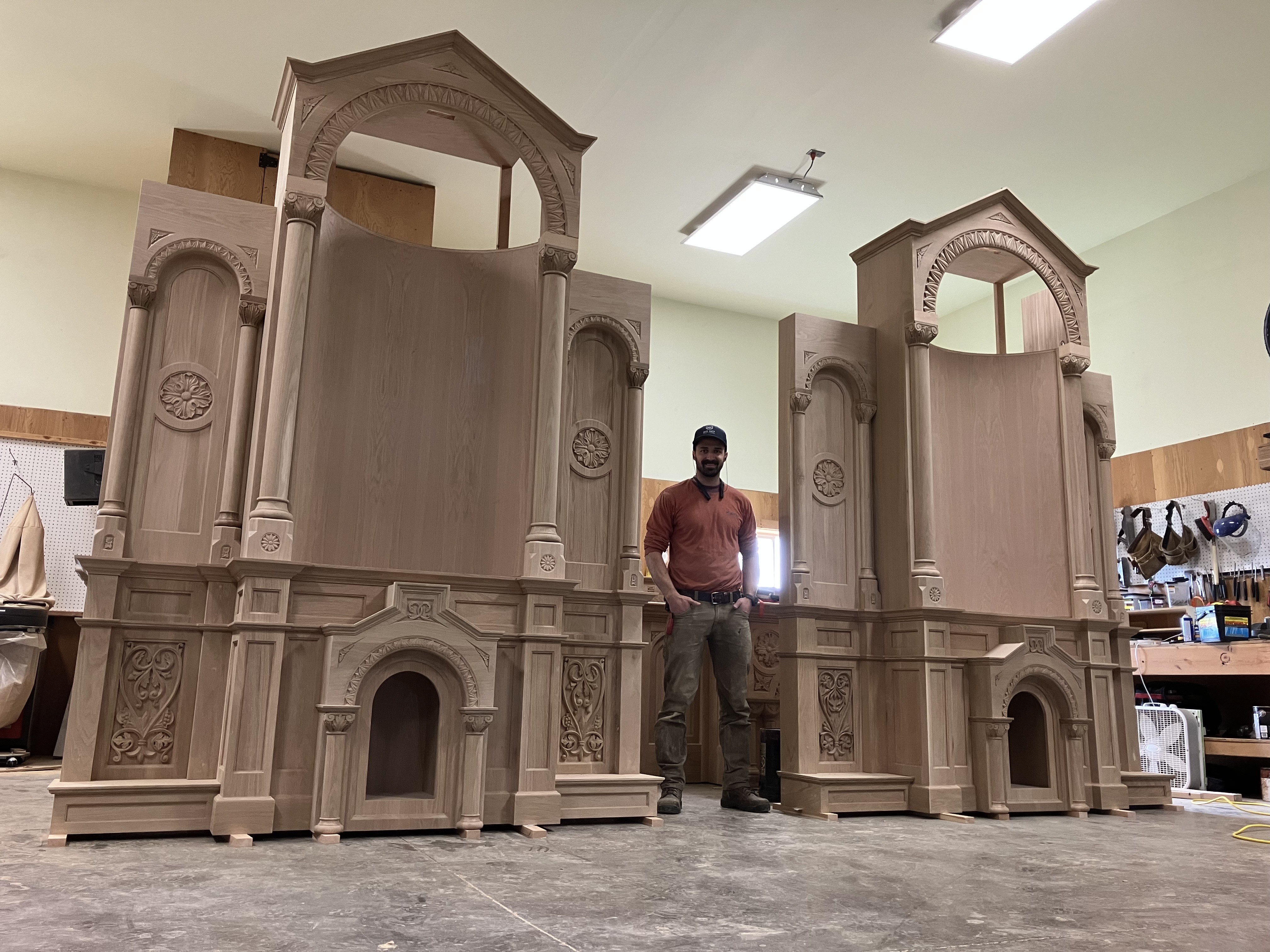
Hope for a Liturgical Arts Movement
Hayden wants to challenge contemporary perceptions of beauty in liturgical spaces, inviting the faithful to rediscover how sacred architecture and art can and should reflect the mystery of Holy Mass.
Upon seeing the new altar at St. Matthew’s, Hayden said he was told, “A guy walked in and said, ‘I kind of liked the way it looked before. It looks too much like a cathedral now.’ And I thought, ‘That’s the goal. I’ll take it!’”






